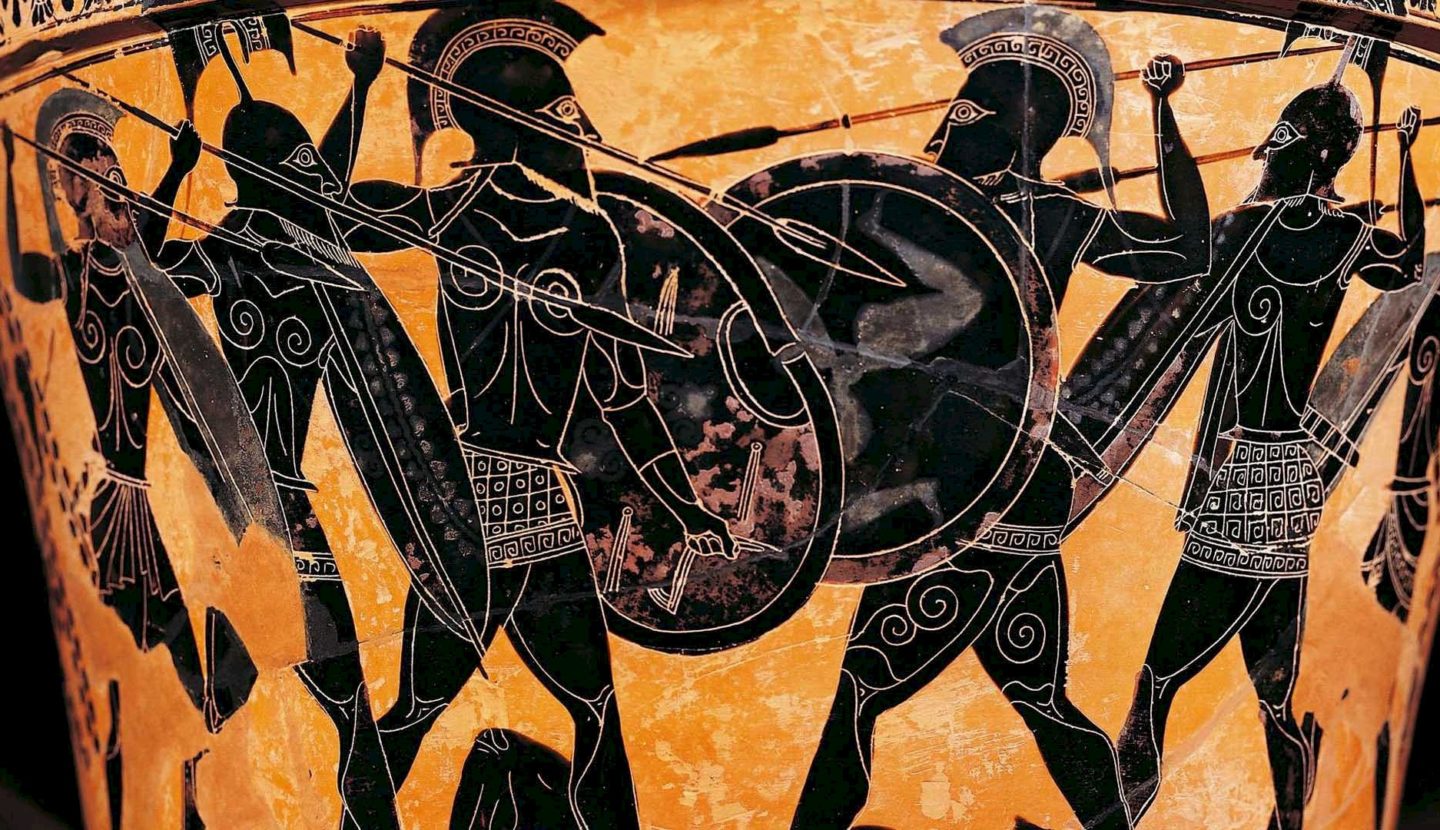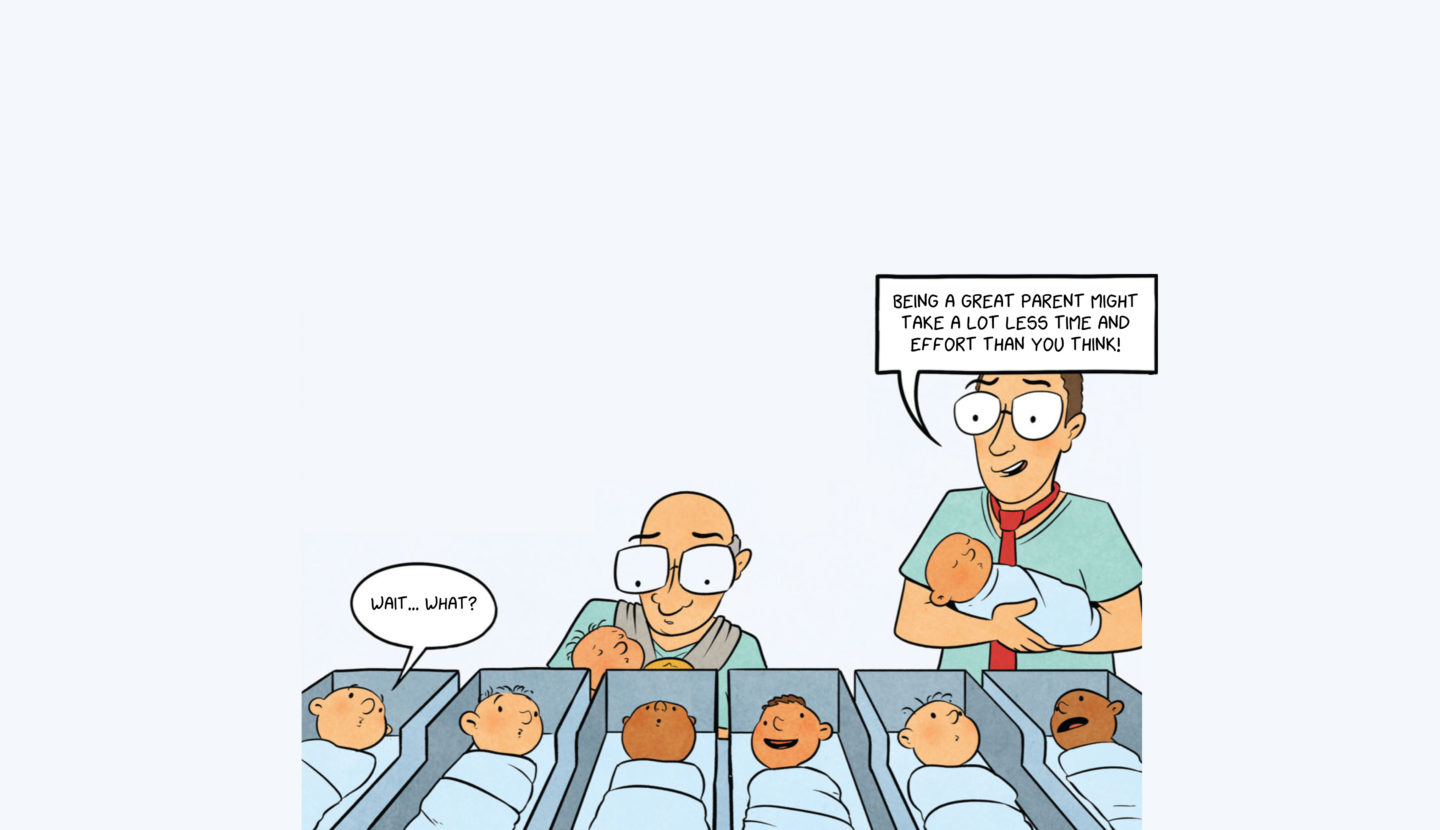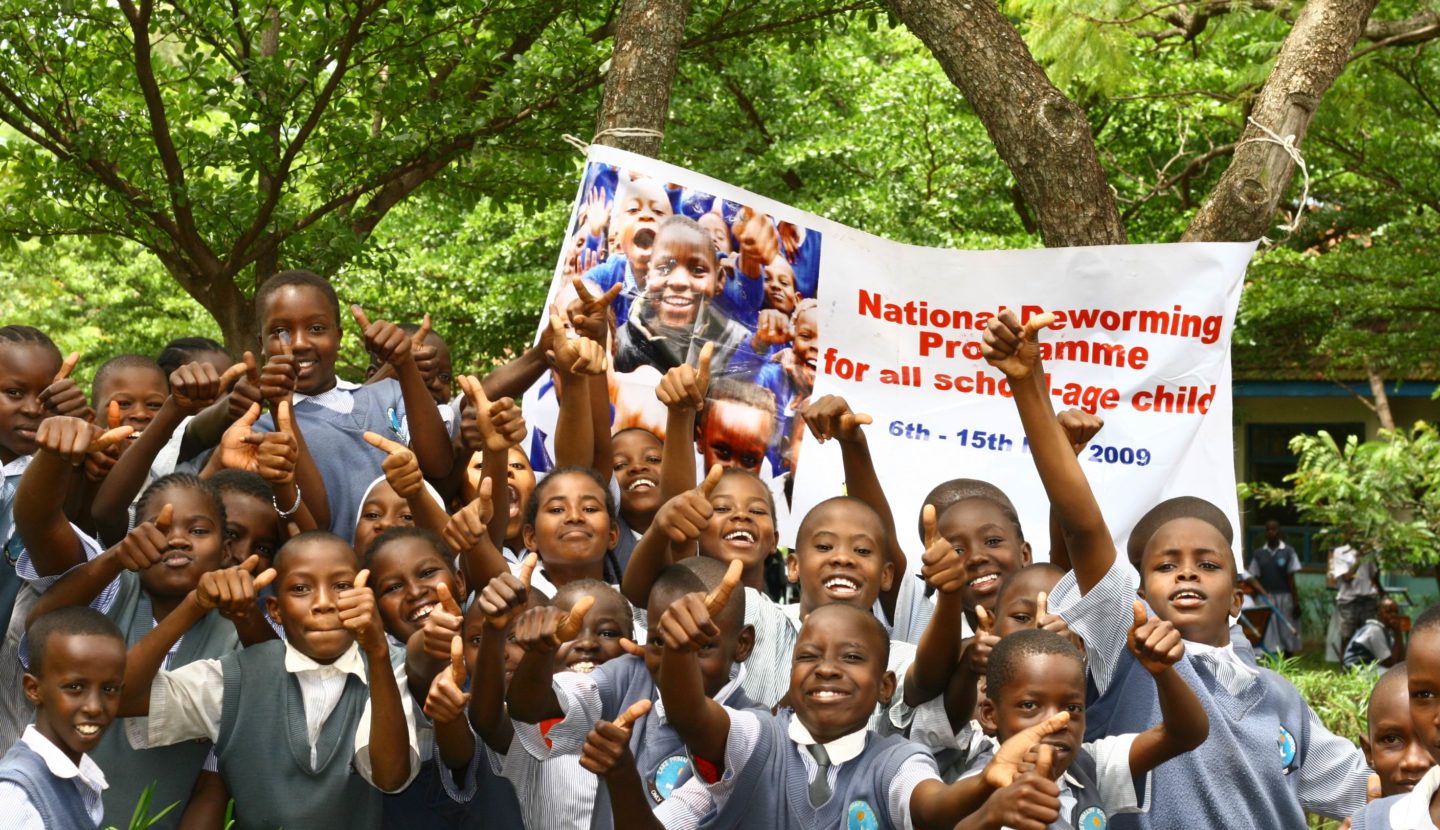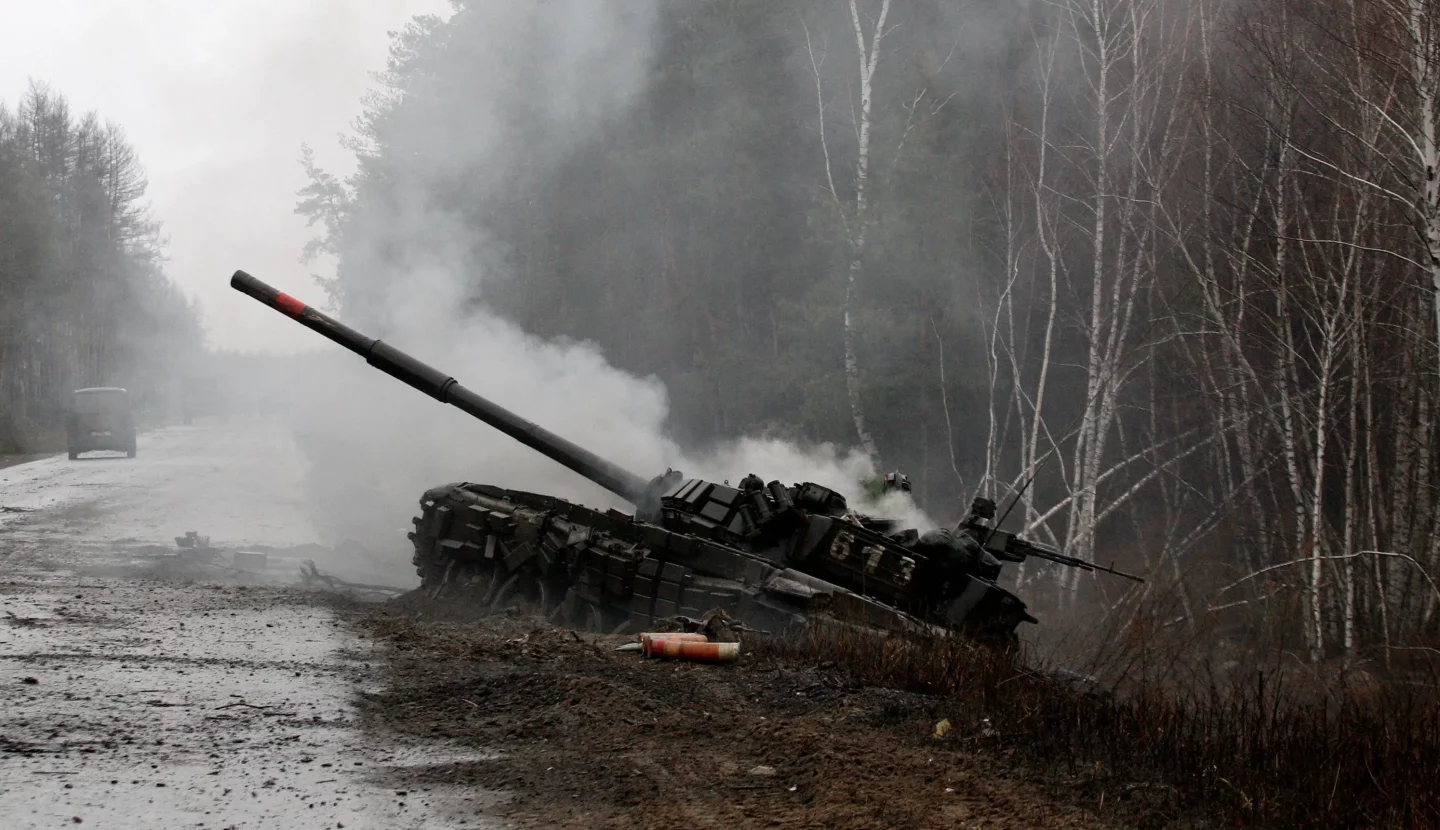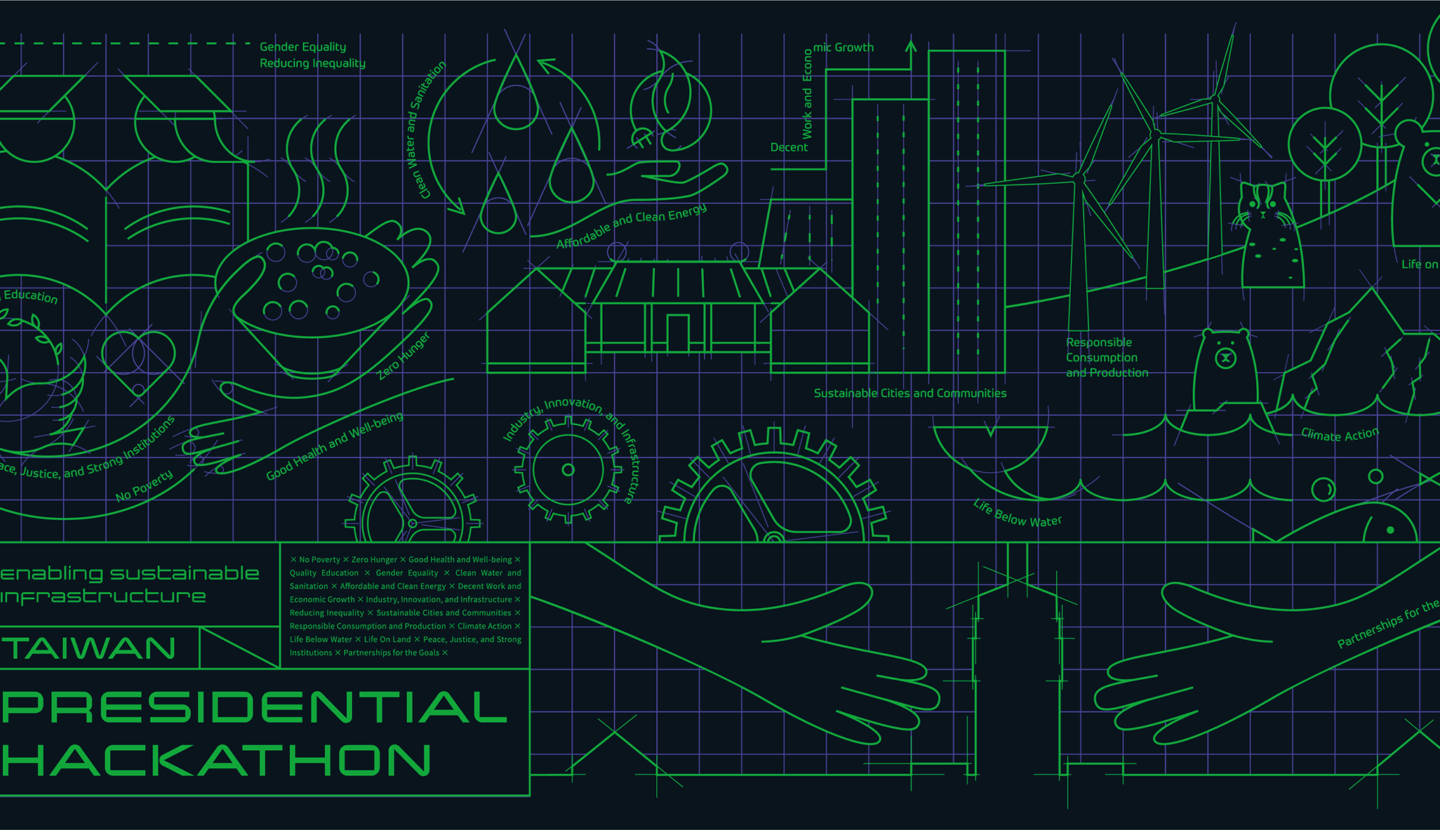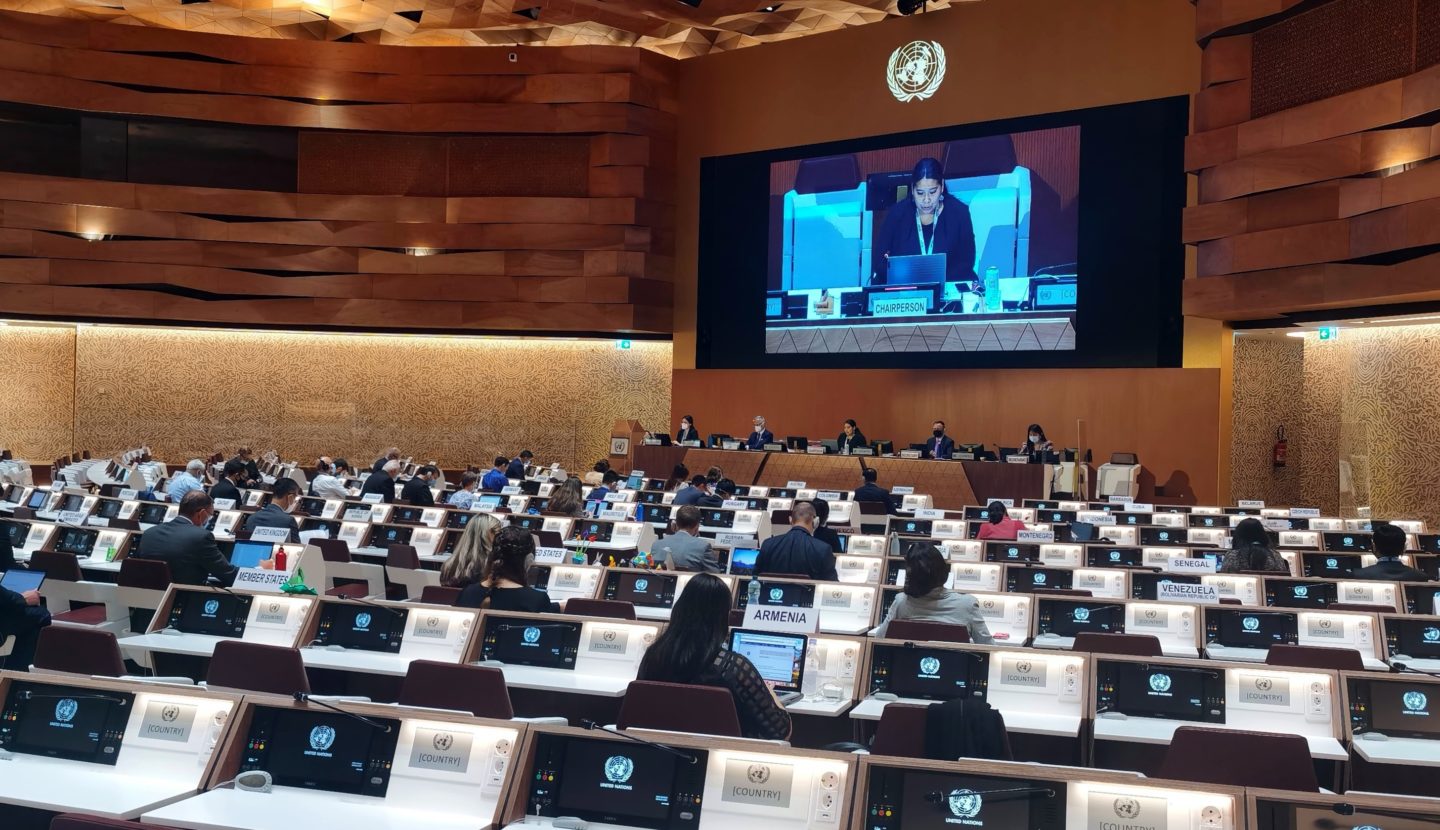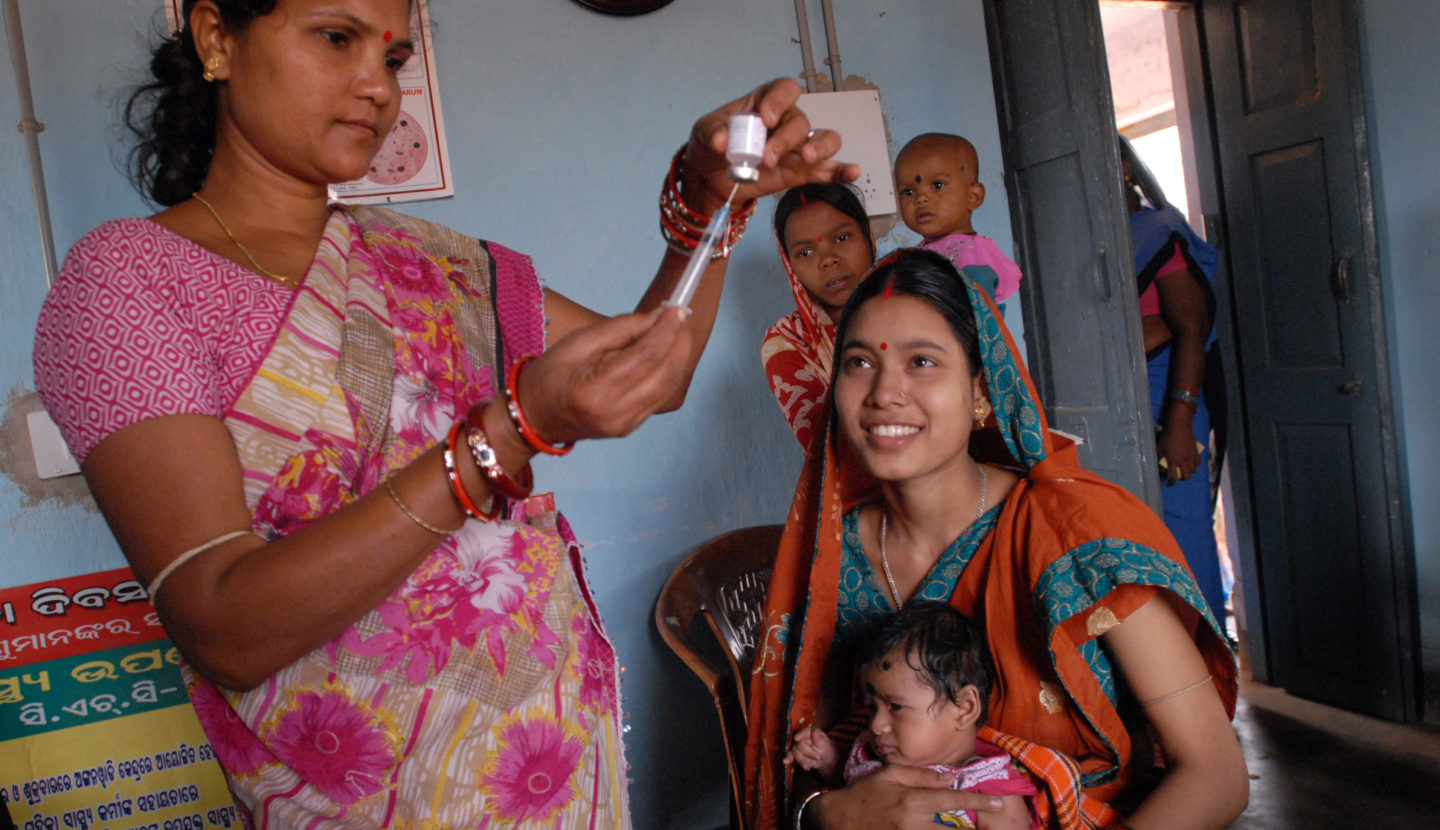#131 – Lewis Dartnell on getting humanity to bounce back faster in a post-apocalyptic world

“We’re leaving these 16 contestants on an island with nothing but what they can scavenge from an abandoned factory and apartment block. Over the next 365 days, they’ll try to rebuild as much of civilisation as they can — from glass, to lenses, to microscopes. This is: The Knowledge!”
If you were a contestant on such a TV show, you’d love to have a guide to how basic things you currently take for granted are done — how to grow potatoes, fire bricks, turn wood to charcoal, find acids and alkalis, and so on.
Today’s guest Lewis Dartnell has gone as far compiling this information as anyone has with his bestselling book The Knowledge: How to Rebuild Civilization in the Aftermath of a Cataclysm.
But in the aftermath of a nuclear war or incredibly deadly pandemic that kills most people, many of the ways we do things today will be impossible — and even some of the things people did in the past, like collect coal from the surface of the Earth, will be impossible the second time around.
As Lewis points out, there’s “no point telling this band of survivors how to make something ultra-efficient or ultra-useful or ultra-capable if it’s just too damned complicated to build in the first place. You have to start small and then level up, pull yourself up by your own bootstraps.”
So it might sound good to tell people to build solar panels — they’re a wonderful way of generating electricity. But the photovoltaic cells we use today need pure silicon, and nanoscale manufacturing — essentially the same technology as microchips used in a computer — so actually making solar panels would be incredibly difficult.
Instead, you’d want to tell our group of budding engineers to use more appropriate technologies like solar concentrators that use nothing more than mirrors — which turn out to be relatively easy to make.
A disaster that unravels the complex way we produce goods in the modern world is all too possible. Which raises the question: why not set dozens of people to plan out exactly what any survivors really ought to do if they need to support themselves and rebuild civilisation? Such a guide could then be translated and distributed all around the world.
The goal would be to provide the best information to speed up each of the many steps that would take survivors from rubbing sticks together in the wilderness to adjusting a thermostat in their comfy apartments.
This is clearly not a trivial task. Lewis’s own book (at 300 pages) only scratched the surface of the most important knowledge humanity has accumulated, relegating all of mathematics to a single footnote.
And the ideal guide would offer pretty different advice depending on the scenario. Are survivors dealing with a radioactive ice age following a nuclear war? Or is it an eerily intact but near-empty post-pandemic world with mountains of goods to scavenge from the husks of cities?
If we take catastrophic risks seriously and want humanity to recover from a devastating shock as far and fast as possible, producing such a guide before it’s too late might be one of the higher-impact projects someone could take on.
As a brand-new parent, Lewis couldn’t do one of our classic three- or four-hour episodes — so this is an unusually snappy one-hour interview, where Rob and Lewis are joined by Luisa Rodriguez to continue the conversation from her episode of the show last year.
They cover:
- The biggest impediments to bouncing back
- The reality of humans trying to actually do this
- The most valuable pro-resilience adjustments we can make today
- How to recover without much coal or oil
- How to feed the Earth in disasters
- And the most exciting recent findings in astrobiology
Get this episode by subscribing to our podcast on the world’s most pressing problems and how to solve them: type ‘80,000 Hours’ into your podcasting app. Or read the transcript below.
Producer: Keiran Harris
Audio mastering: Ben Cordell
Transcriptions: Katy Moore


